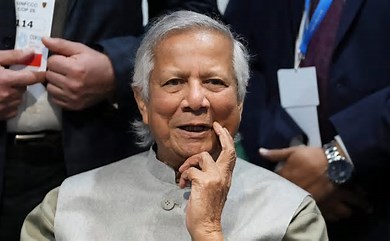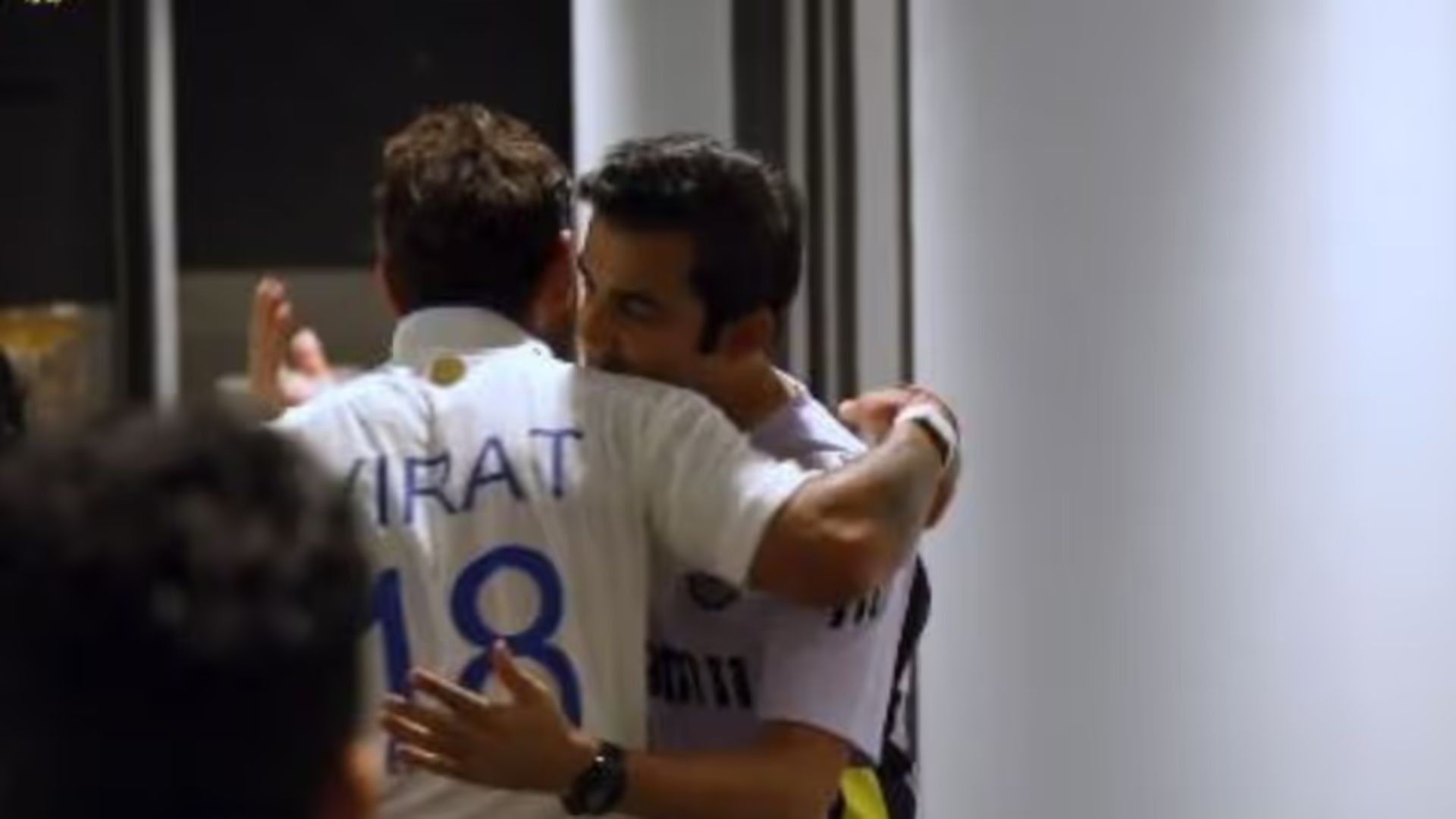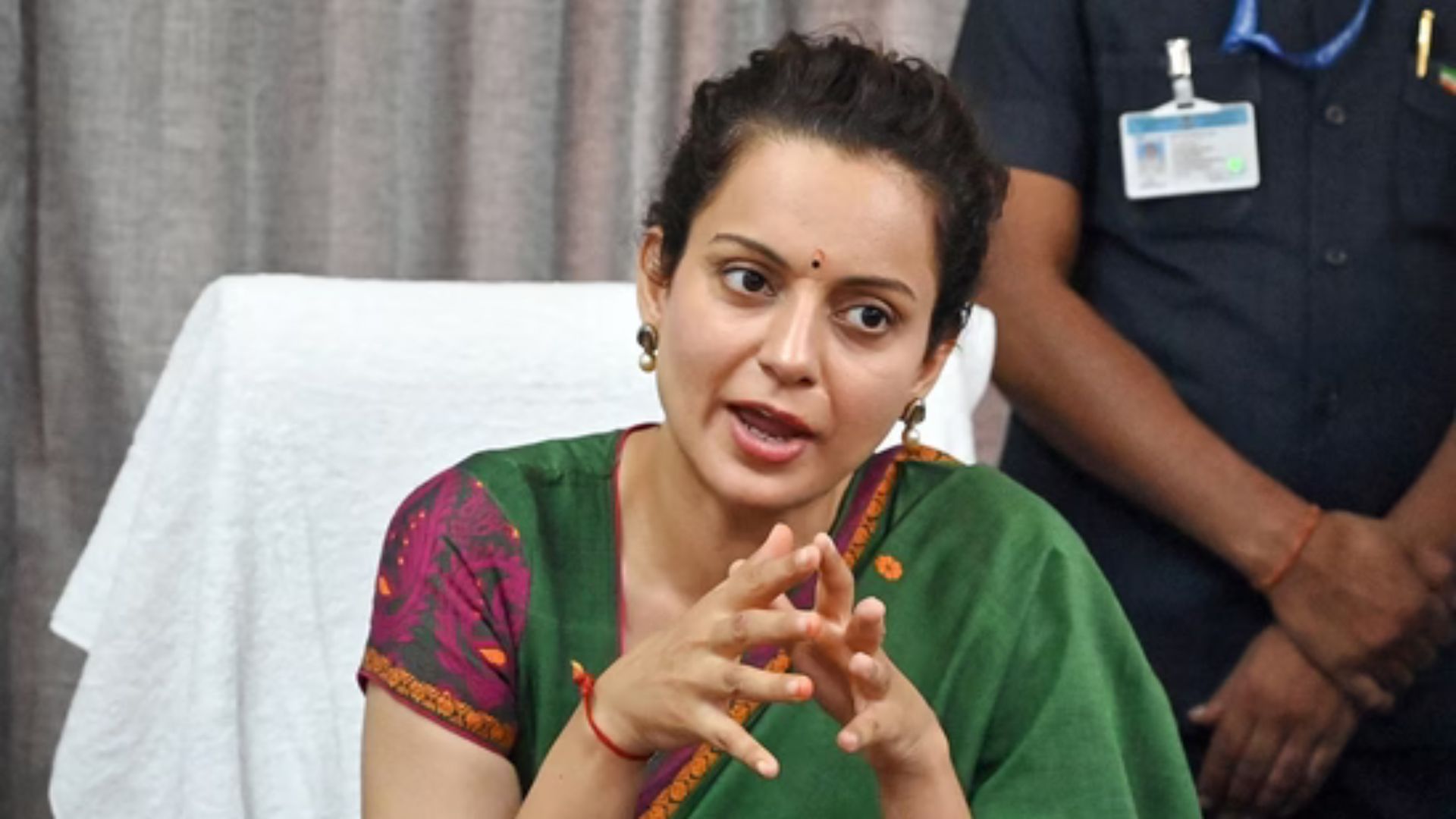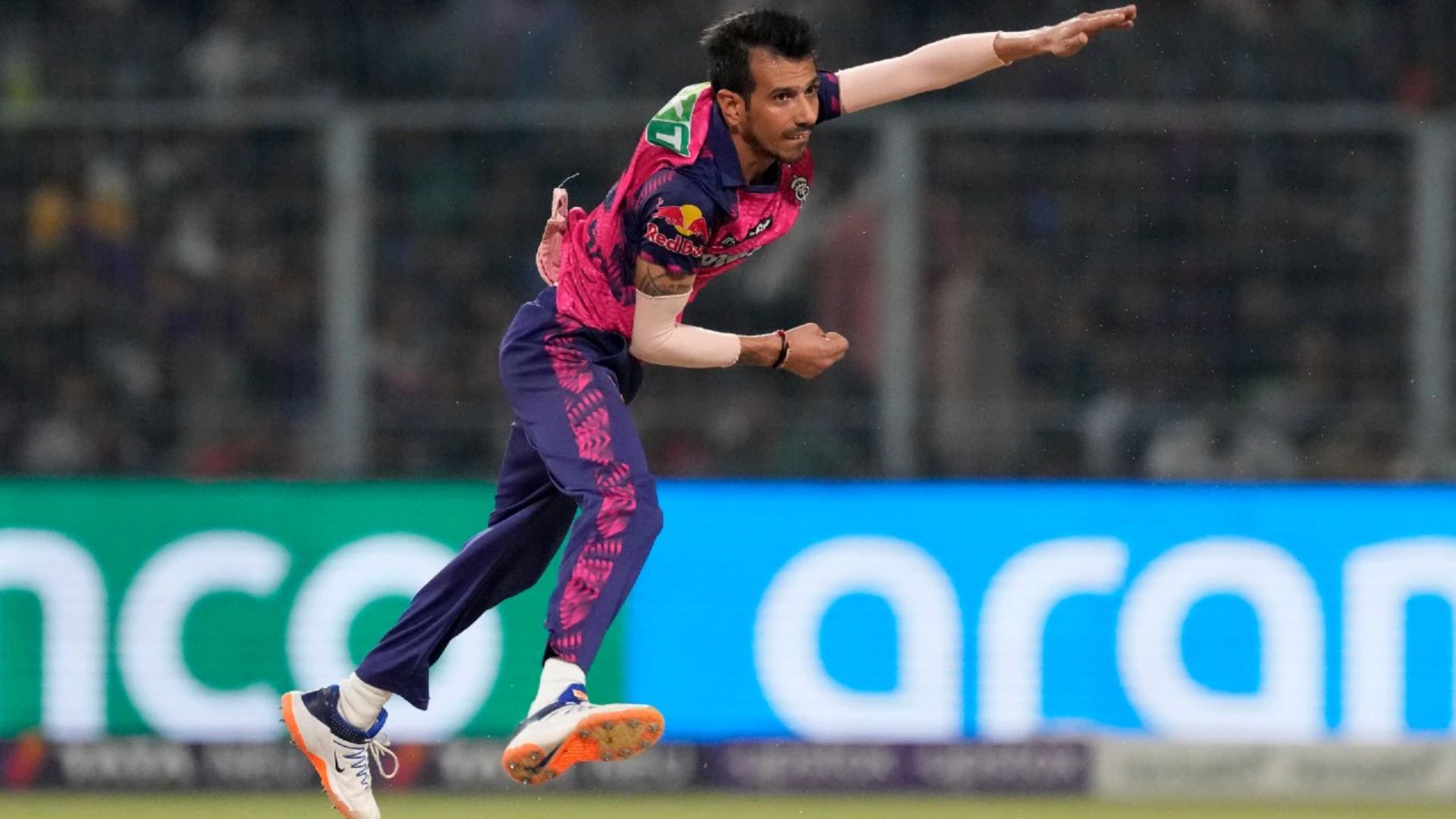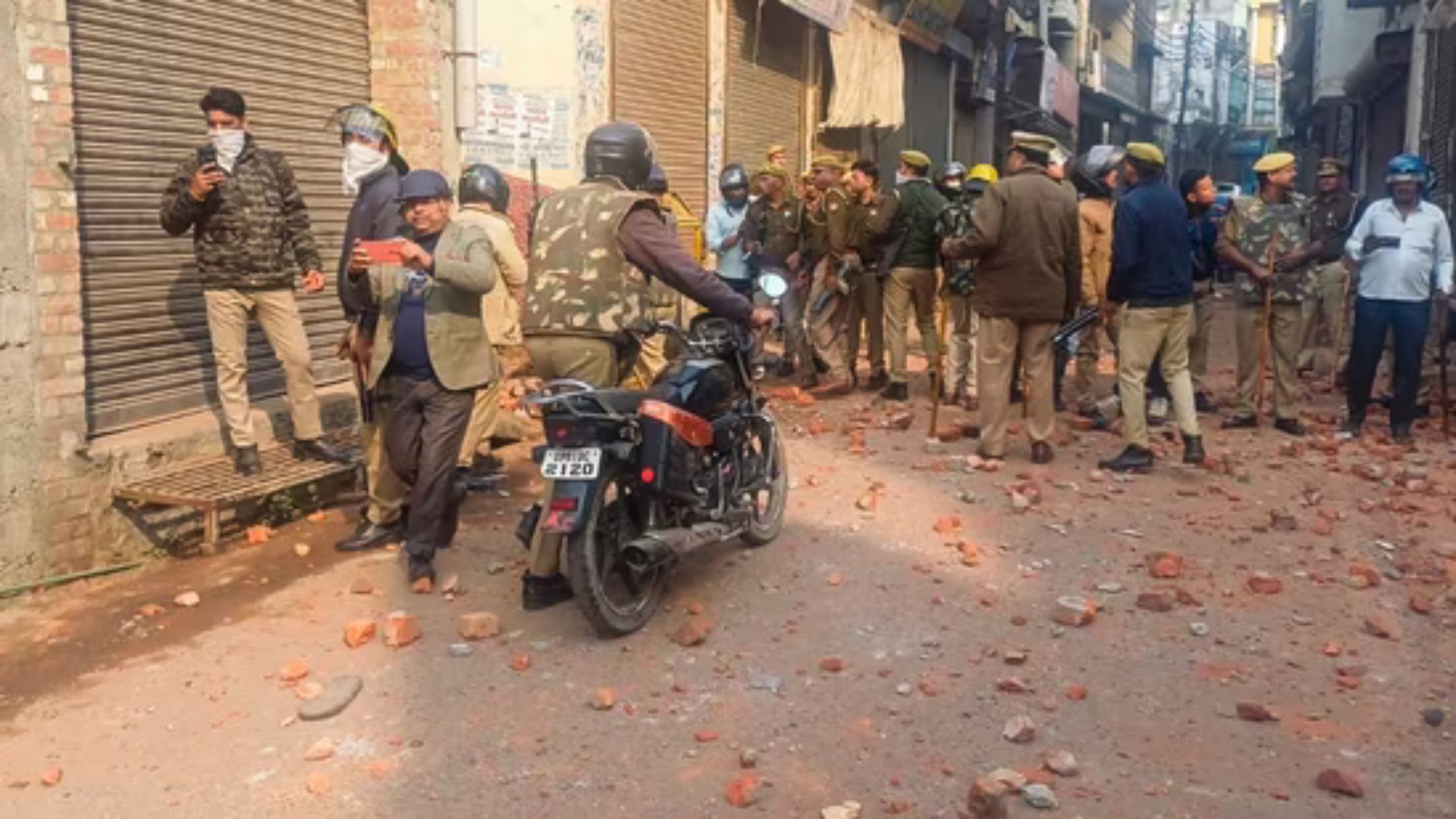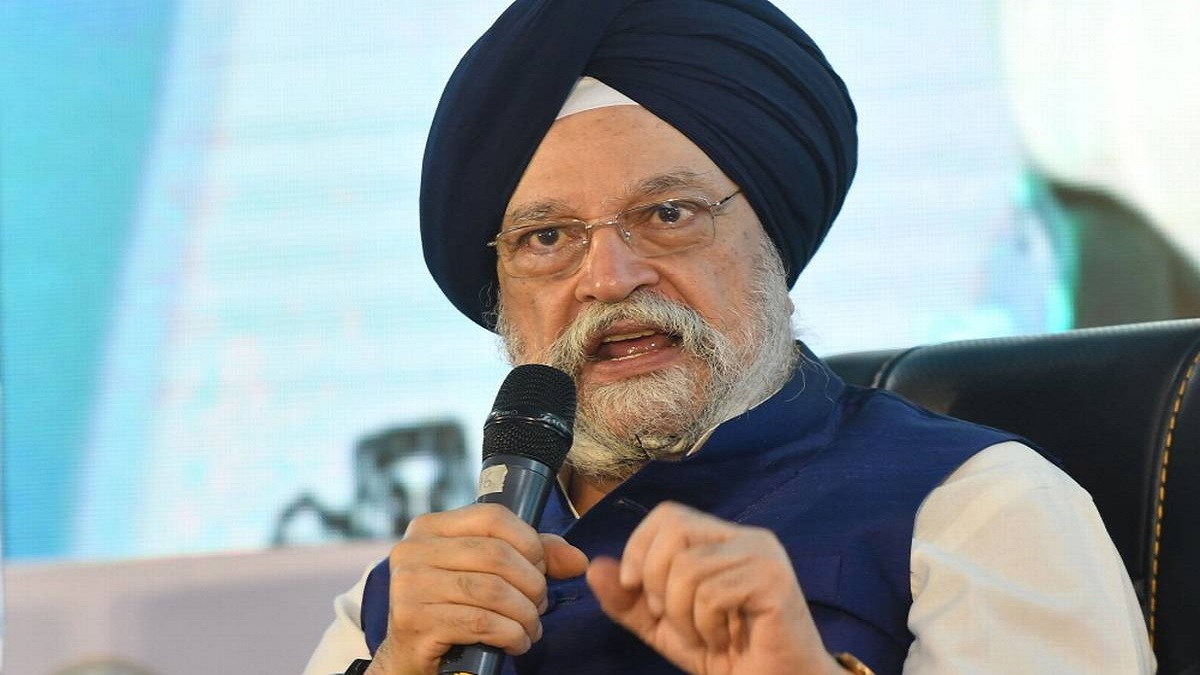
The Civil Aviation Minister speaks to The Daily Guardian about the ambitious Vande Bharat evacuation plan. He also reveals that the SOPs are being worked out to open up domestic aviation.
Q: We are on Day 2 of Operation Vande Bharat, a couple of flights have gone and come back. Can you fill us in on the details of this process? What has been your experience so far?
A: Let me do some context setting. This comprehensive plan to evacuate Indian nationals, who find themselves stranded and in distress in certain countries abroad, is just about beginning to take shape. We have had to devise a programme based on the anticipated demand of the number of citizens who wanted to come back, but also a plan that takes into account the receiving state government’s capacity to receive these passengers and make arrangements for their mandatory quarantining. The programme started on the 7th. Two flights came in from the Gulf, both of them were choc-a-bloc. These are smaller aircraft. They had 177 passengers, 4 infants. A flight came in from Singapore and landed in Delhi. The working number which we were initially working on was 1,90,000. But when I see channels like yours interviewing Indians, who are in different parts of the world, I am convinced that when this gets implemented, the numbers which will want to come back will be far higher than 1,90,000. It is entirely conceivable that some people may begin to have second thoughts, they may feel that they don’t want to come back at this stage. Some people may be anxious on account of the fact that they have to undergo a 14-day quarantine. We also took advantage of these flights going out to ferry back our nationals to try and send those Indian nationals, who are ordinarily resident in other countries, like the US and the UK. We’ve had some problems, because some of the countries from where we’re ferrying back our nationals, they’re not permitting nationals other than their own to come back at this point of time. There was a small glitch with students going back to the US. I want to clarify that I think the US authorities took the view that universities are closed, as of now. So, it doesn’t make sense for students holding the visa to come back. I heard a comment from someone saying that this isn’t enough, I want to tell you that this programme that you’re seeing, of 64 flights, from 12 countries, bringing back 14,800 people, is just the beginning. This is the first week. If we’re satisfied that the plan is proceeding smoothly, we will have no hesitation in ramping up the numbers, and increasing the number of flights using bigger aircraft, provided that the state governments are also ready with the logistical arrangements at the receiving end.
Q: What about involving private operators in this operation? I am told private operators also want to take part in this. They also basically want to get back in the air again.
A: I think the desire to get back in the air is a universally shared sentiment. I have no doubt that in the coming week as this arrangement proceeds, we want to open up our domestic civil aviation. That will enable everybody to get back into the sky. As far as evacuation is concerned, there is an element of public service involved here. In many of these cases, to the 6 Gulf countries, to the Philippines for example, the planes will virtually go empty, and will only bring back passengers with a reasonable fare on the return journey. Those private sector operators, who are keen in joining this effort, if they formally tell me so, tell my ministry so, and tell my government they are willing to do this, we will be happy to involve them in this operation. Some of them are already involved in a fairly substantial manner, in bringing back medicines and essential supplies. Many of those cargo operations by private operators had commercial operations. But I’m sure they would be happy to contribute to this as a public service.
Q: Happy yes, but I don’t know if the balance sheets can afford this. If we look at the state of the economy, the airlines sector has been one of the worst-hit, they have a whole lot of fixed costs coming in. Are you looking at helping them with some special package?
A: Let me share my thinking with you. You have to look at the economy in its entirety. The civil aviation sector is not just the aircraft operators who are admittedly under strain, some of which was being felt even prior to Covid-19. But having no revenue since 23 March due to Covid-19, the strain on them is bigger — the airport operators, tour operators, the hotel industry. I think the first and foremost requirement is to try and get activity back immediately, straightaway. So that the period, which is the lean period, with no revenue is minimised. We have been in consultation with the airlines. They have given us some suggestions and my ministry has endorsed some of those suggestions. But at the end of the day, the State has demands from all sections of the economy. Clearly, the demands of those who are migrant labourers without any job or earning — that takes pride of place in terms of socio-economic prioritisation. But all other sectors — MSME, big industries, even journalists, I’ve seen some of your industry associates say that you deserve a bailout package. I would like to share my thoughts on a personal level. Fortunately, this is not a call I have to take. This is a call that the Finance Minister has to take. As far as I’m concerned, in all the portfolios I have — in Housing and Urban Affairs, Civil Aviation, Commerce and Industry — whenever I listen to some of the economic operators, I am sympathetic to them and I invariably end up trying to plead their case. But in that process, my industry becomes a part of the industry ecosystem. The people who have to take the tough calls are the Finance Minister and the Prime Minister. They take that call based on the overall availability of resources, and what they think should be the prioritisation.
Q: You spoke about opening up the domestic sector. That is a question everyone is asking: When can we fly again? When will it be safe? Will it be agewise? Some people are worried you won’t let people above 60 fly. There are a whole lot of questions and worries.
A: Are you suggesting that I should not be allowed to fly because I am over 60? Let me put it the other way round. The decision to go for a lockdown is difficult enough, without doubt. Because you give yourself two days’ notice, and then you put all domestic transportation, be it civil aviation, railways, metros, you put all that under lockdown. But let me share with you my assessment. Easing the lockdown and opening the lockdown are equally difficult. You have a ground reality, you are acutely conscious of the fact that opening transportation carries an inherent risk. Make no mistake, with the best precautions in the world, from screening passengers outside the airport, taking all precautions inside the aircraft, putting them under 14-day quarantine once they arrive, opening up domestic air travel will carry some risk. But those who travel will be aware of that risk, and will be willing to take that risk. Therefore, I think the decision to open up domestic aviation is a pressing imperative just now. Even in the meetings held on Thursday, the need to open up has been acknowledged. Now it’s a question of deciding on the modalities, deciding on the special operating procedure. Many of these have been discussed among the stakeholders, the airport operators, the security authorities, those who run the airlines, and industry association. I think in the next few days, we will take that decision. My sense is that you cannot get the opening up of the domestic aviation sector in a wholesale manner. It has to be calibrated, what percentage to open up initially, and then how you calibrate will be a decision we will take in the next few days.
Q: Is there a standard operating procedure? We know there is a procedure for airports — you said as much contactless travel as possible. What about the planes themselves? How will that be? Will keeping the middle seat vacant work? How do we protect ourselves while onboard?
A: Keeping the middle seat vacant has not been an option in civil aviation in any part of the world. Even if you were to keep the middle seat vacant, in an economy class configuration, the distance between the aisle seat and the window seat is not enough in terms of social distancing. So, you try to compensate in other manners. You try to issue effective safeguards, you disinfect the plane. You probably don’t end up serving food inside a plane, everyone wears a mask. Maybe the service provider and the airlines can decide. I see the Air India Express crew wearing full protective body gear. You can take those decisions. But if you leave the middle seat vacant, I’m afraid it won’t be a viable operation neither for the passengers, who will have to pay higher fares, nor the airline operators.

